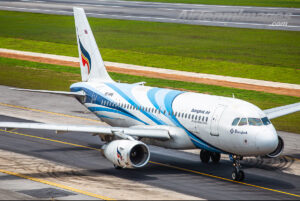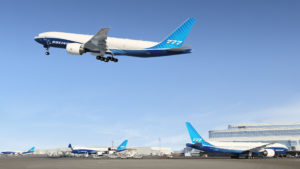It was last September when flag carrying airline South African Airways (SAA) ceased operations after it had been under a form of bankruptcy protection since December 2019, and since then all planes had remained grounded. The carrier had been struggling against the dual problems of lack of profitability and the effects of the global COVID-19 pandemic, which had forced it into administration after it ran out of funds.
In April this year, SAA came out of administration but chose not to resume operations until there was sufficient demand for air travel. September 23, saw the first SAA plane take to the skies this year as a slimmed-down carrier began a reduced schedule. A limited number of flights will be operated between its headquarters in Johannesburg and Cape Town, and major African cities including Accra, Kinshasa, Harare, Lusaka and Maputo.
The South African government has already made it clear it wishes to sell off a 51% stake in the carrier as public funds are currently stretched and it cannot continue to bail out the struggling carrier. Currently the Tshepo Consortium is in talks with the South African government and is going through the due diligence process, which is nearly complete. According to the South African public enterprises minister Pravin Gordhan, the consortium will comprise pan-African investor group Harith Global Partners and aviation group Global Aviation, which aims to provide a US$221.6 million injection. The South African government will retain a 49% stake in the carrier.
In a statement issued at the time of the consortium’s announcement of its interest in SAA its co-founder and consortium chair Tshepo Mahloele said the Tshepo Consortium had the experience, expertise and capital to transform SAA into a substantial operating business.





























